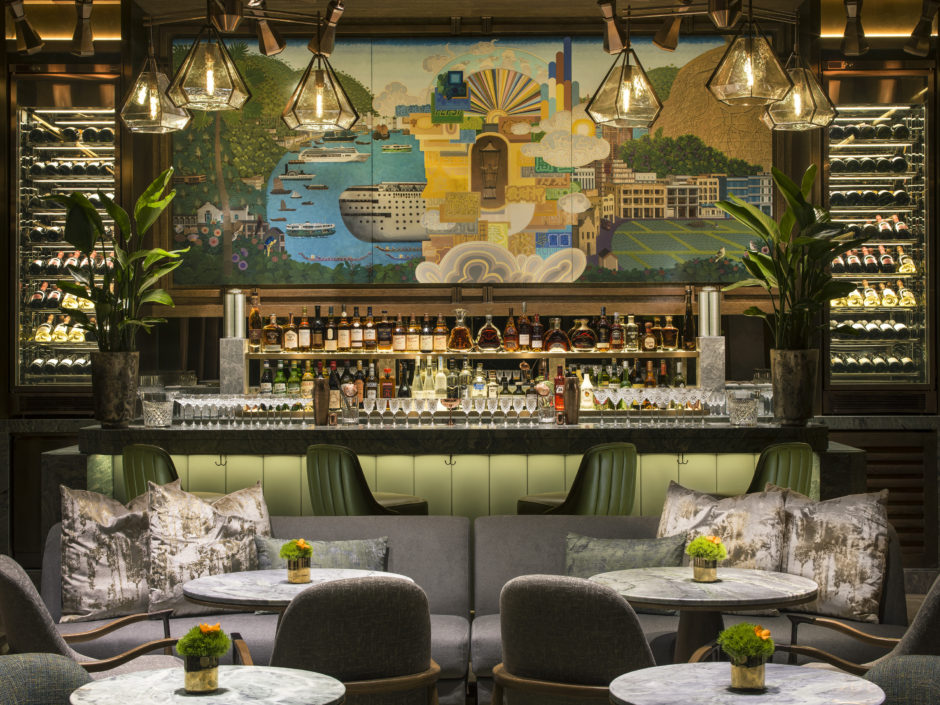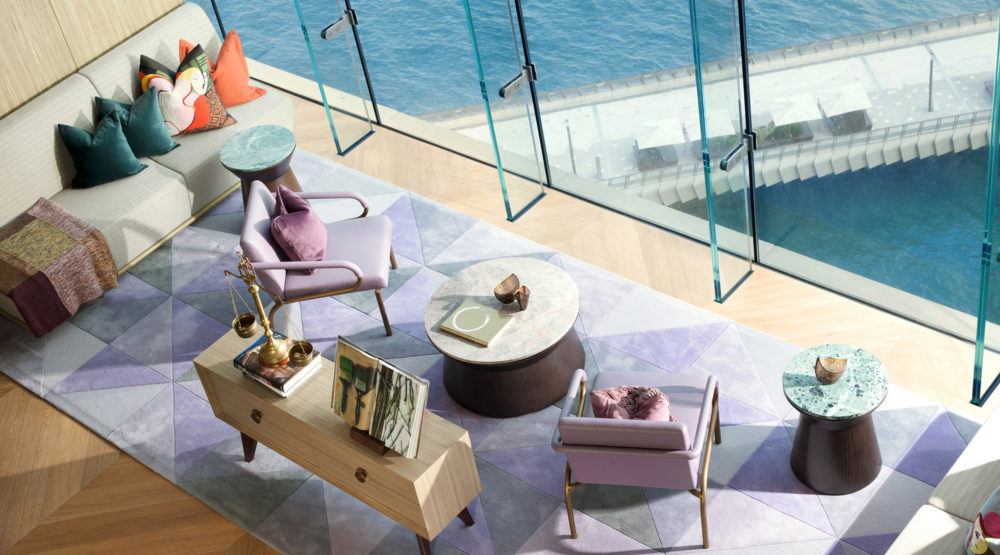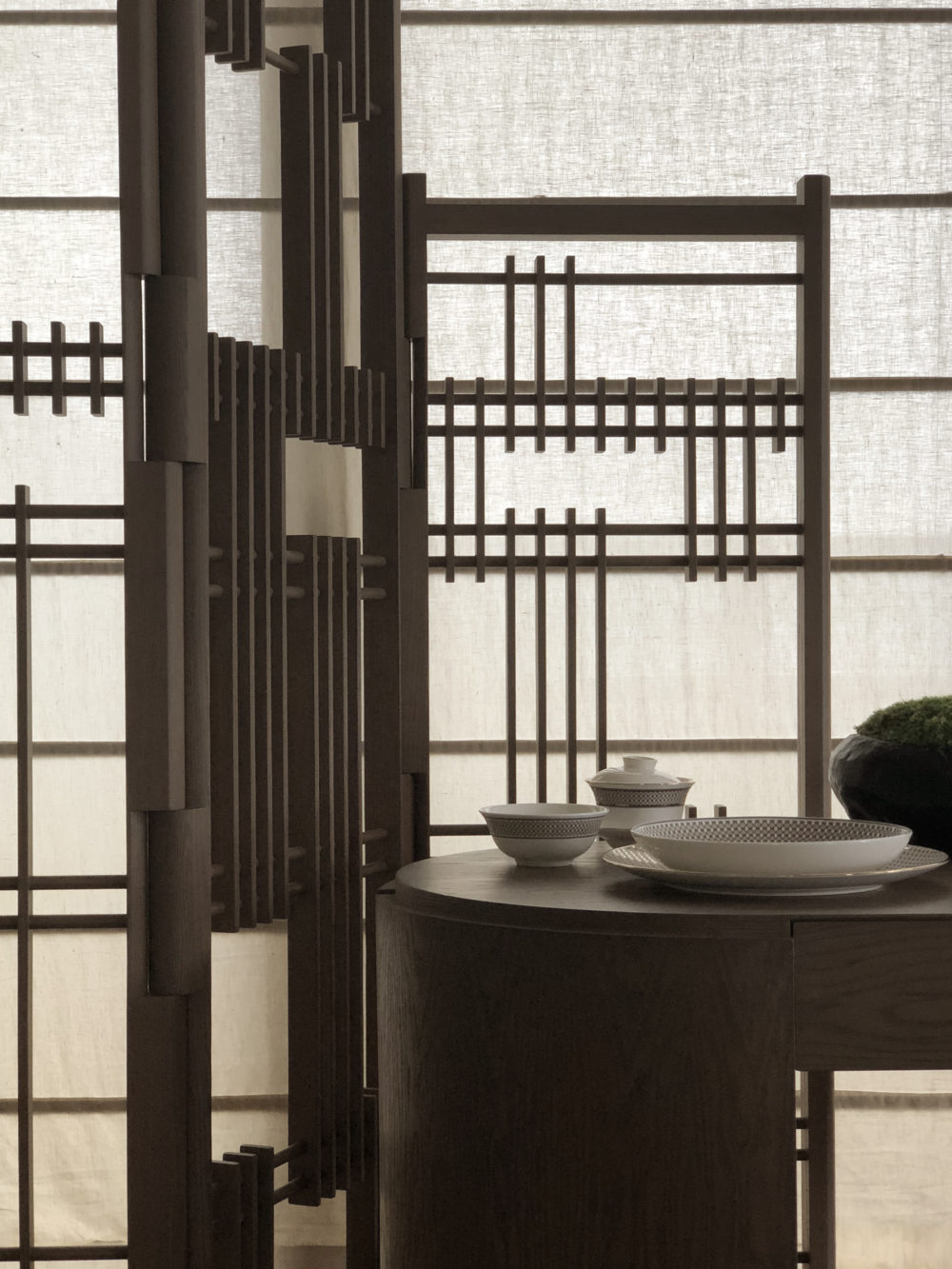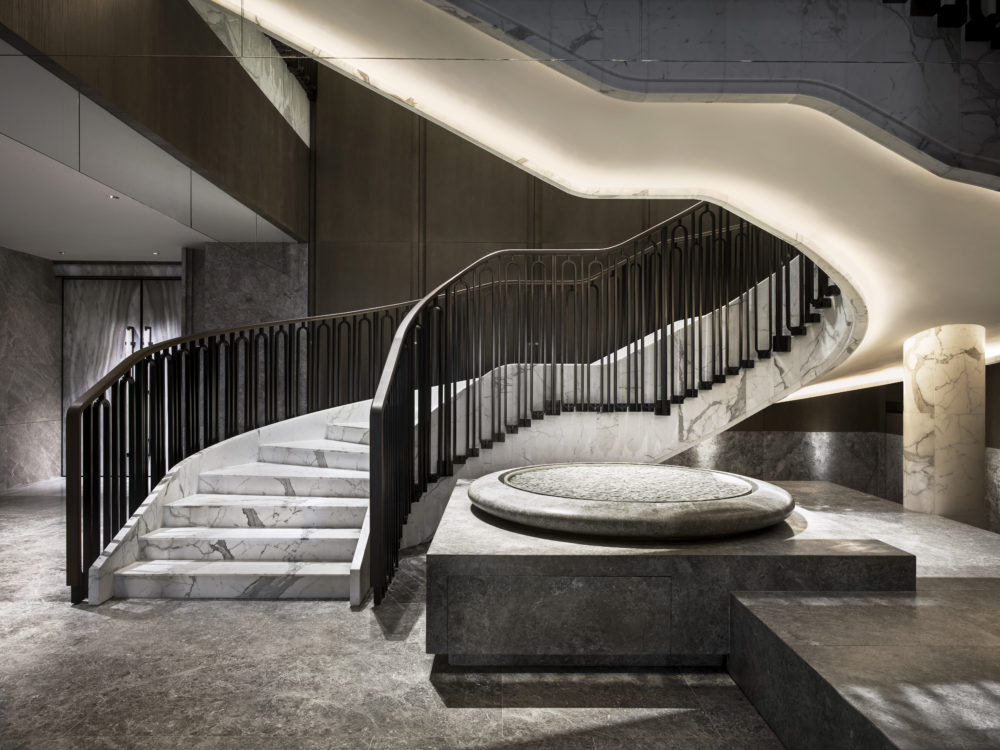ANDRE FU: ARCHITECTURAL INTERIOR DESIGNER
Architectural Interior Designer Andre Fu was born in Hong Kong and educated in England. He graduated from Cambridge University in 2000 and created his firm, AFSO, the same year. Inspired by Hong Kong’s evanescent and urbane energy, he moved back in 2004 to add his signature style to some of the region’s most recognisable hotels including the The Waldorf Astoria in Bangkok, Shangri-La Tokyo as well as the award-winning Hong Kong hotel The Upper House, fashion brand Cos and the Opus Suite at London’s Berkeley Hotel.
What initially got you interested in interior architecture?
As a teenager, I have always been interested in the emotional impact of spatial design, especially in the context of how an environment could impact one’s behaviour.
What is your creative process from inception to creation?
Typically, my design process begins with a series of prolonged dialogues with the hotelier or the owner. I always believe that my role is to translate a vision into an environment for guests to be indulged. I would also visit the site and try to negotiate the flow and identify the views. This follows with a series of workshops with my team to explore, to create, and to refine the experience.
What books, blogs and online resources do you use for creative inspiration?
I tend to rely mostly on images that have remained in my memory or to recall the feeling a particular moment has captured in my mind. I also enjoy images from Instagram.
What is the number one piece of advice you would like to tell new designers?
Good design takes years to realise and a lot of obstacles ought to be overcome in the process. The key is to endure the duration that it takes to create something that will stand the test of time.
Is Hong Kong a good example of how cities are evolving in design and architecture?
Indeed, Hong Kong is a hugely dynamic and transient city. The role that design could play to revive a city.
What sets Hong Kong apart from other large cities around the globe?
The fact that everything co-exists in a rather awkward, yet intriguing way.
What elements of other cities would you like to see implemented in your city?
A stronger focus on urban landscaping, and more incentive for innovation in design.
What responsibilities and opportunities do you feel members of the design / interior architecture industry have today?
A role to sculpt the way people live.
What do you think is the lasting responsibility of architects and designers to the public with the buildings they design?
To create something that has a timeless quality to it.
What are some of the most challenging and inspiring elements of your current projects?
We are currently working on a key hotel project in Kyoto. It is set right opposite a Unesco preservation site and the project poses a key challenge in delivering a design that is truthful to a city with such an intriguing wealth of heritage and craftsmanship, yet also being able to provoke an atmosphere that is authentic yet modern.
Are there any rules or habits that help you do your job more efficiently?
I am a believer in hand-sketching as it is the most direct way to connect the mind with the hand. It is also the most effective means to express an idea.
What and where most inspires you?
My upbringing, my travels and more importantly, my observation over the behaviour of people.
You can only visit one city, watch one film, read one book, listen to one album for the rest of your life. What would they be?
City – Marrakech. Film – In the Mood for Love. Book – Towards a new architecture by Corbusier. Album – Sade’s Love Deluxe.
For more information about Andre’s projects visit afso.net










